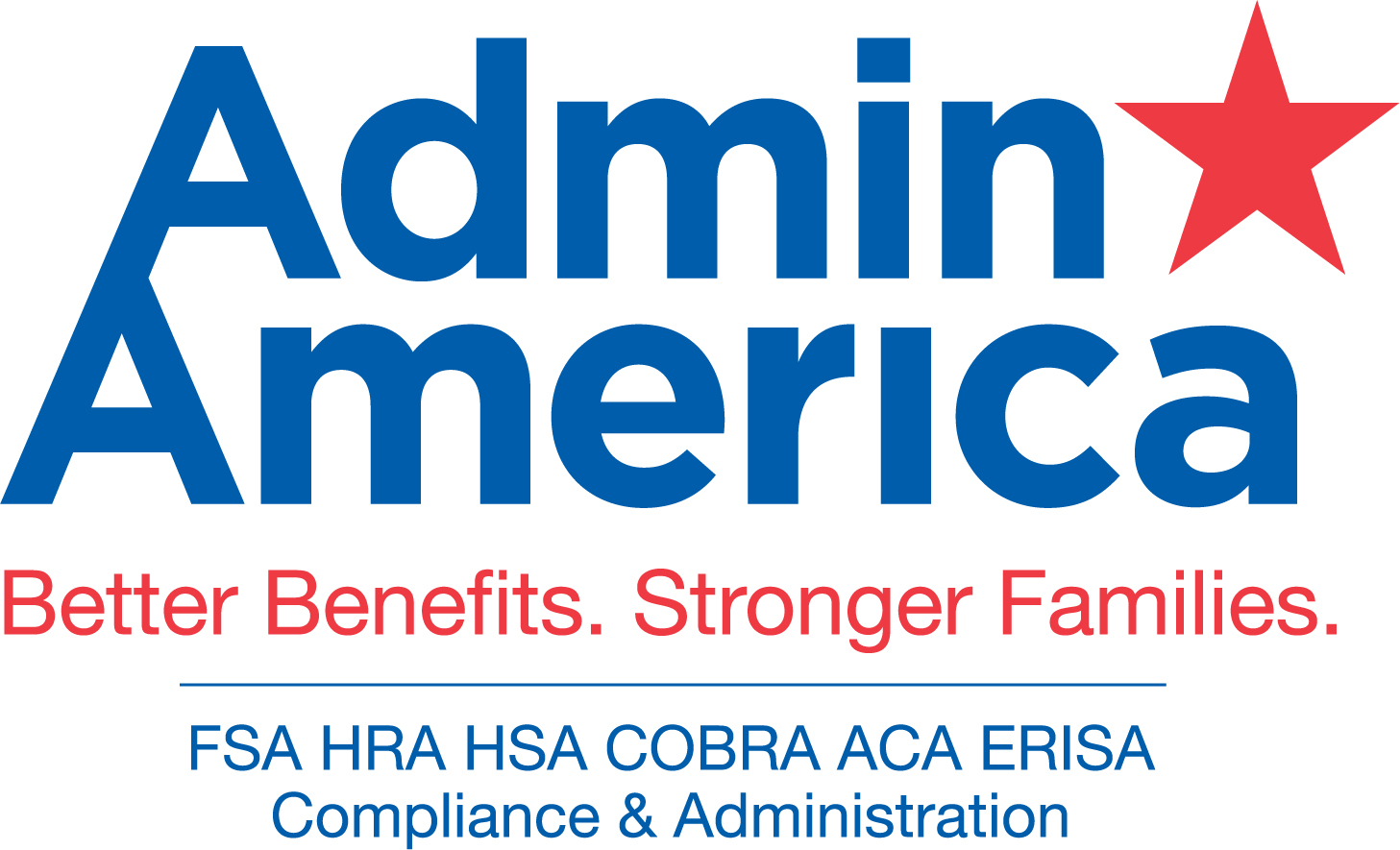Each spring, the Internal Revenue Service announces inflation adjusted limits applicable to Health Savings Accounts (HSAs) for the following calendar year. The limits applicable for 2023 were recently released in Revenue Procedure 2022-24.
Releasing next year’s limits during the first half of the preceding calendar year allows employers to begin designing their group benefit plan offerings during the summer in time to prepare for open enrollment season later this fall. This early release is actually required by federal statute for those reasons.
The limits are all indexed to inflation. Everyone who buys groceries or gasoline is well aware that the rate of inflation for the past year has been historically high. Therefore it will come as little surprise that the 2023 thresholds are all increased above the 2022 limits. In fact, the amount of 2023’s annual increases are the largest in the history of Health Savings Accounts.
For 2023, the maximum allowable annual HSA contribution for individuals with single High Deductible Health Plan (HDHP) coverage will increase to $3,850 (from $3,650 in 2022). The maximum contribution for individuals with family HDHP coverage will increase to $7,750 (from $7,300 in 2022). HSA eligible individuals over the age of 55 by the end of 2023 can contribute an additional $1,000 per year to their accounts.
For qualifying HDHPs in 2023, the minimum required deductible will increase to $1,500 for single coverage (from $1,400 in 2022). The minimum required deductible for family coverage will increase to $3,000 (from $2,800 in 2022). The out-of-pocket maximum for HDHPs providing single coverage will increase to $7,500 (from $7,050 in 2022). For family coverage the out-of-pocket maximum will increase to $15,000 (from $14,100 in 2022).
For any compliance or strategy questions about offering Health Savings Accounts as part of your employee benefits package, send us a question here.

